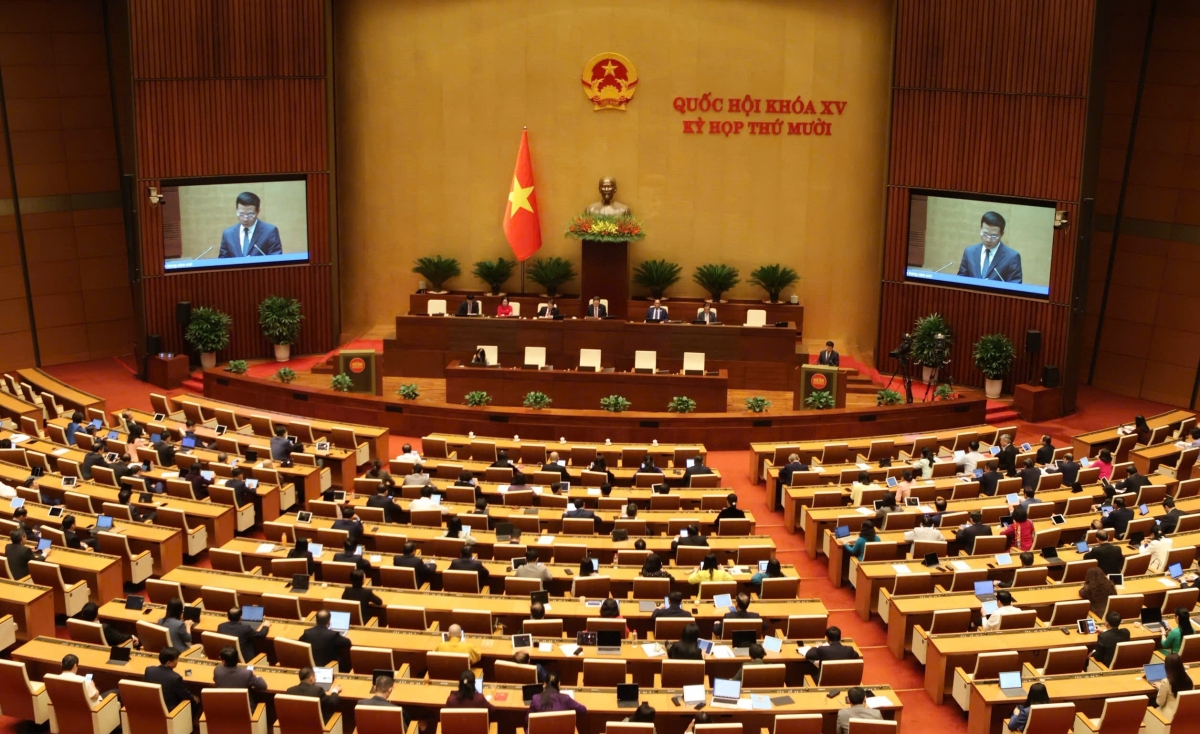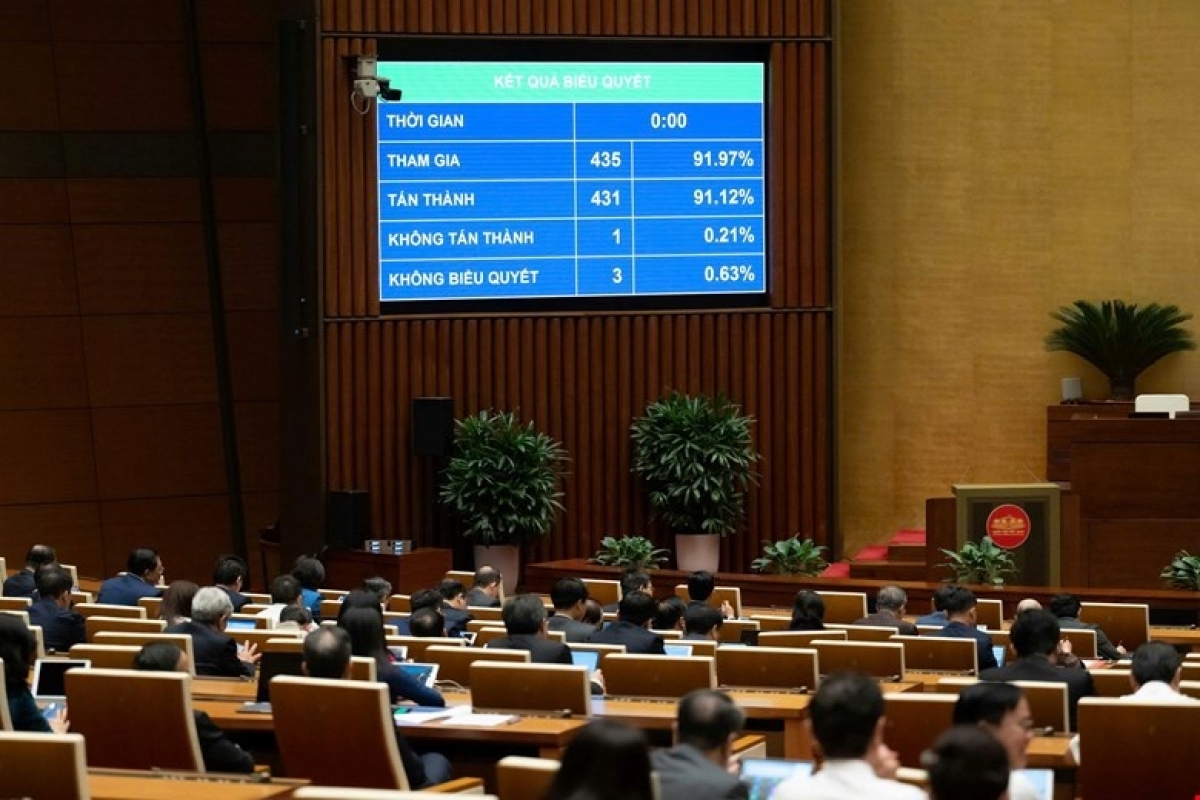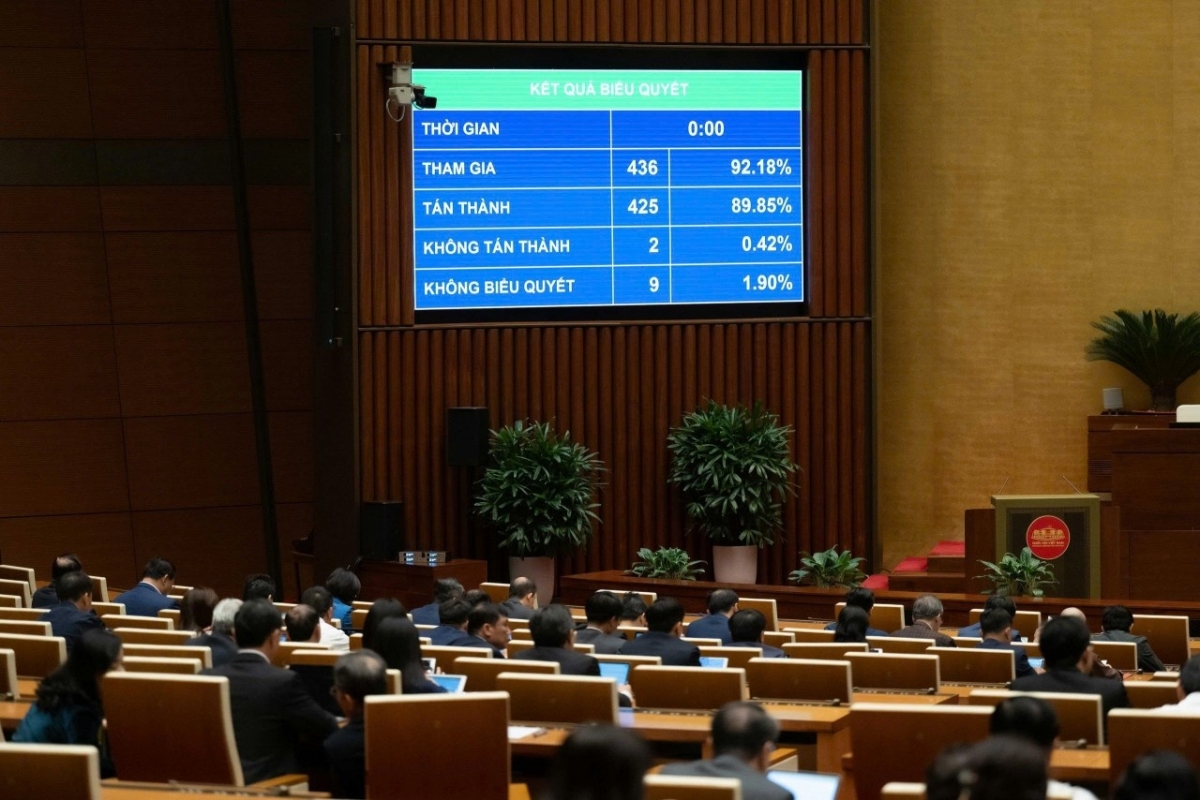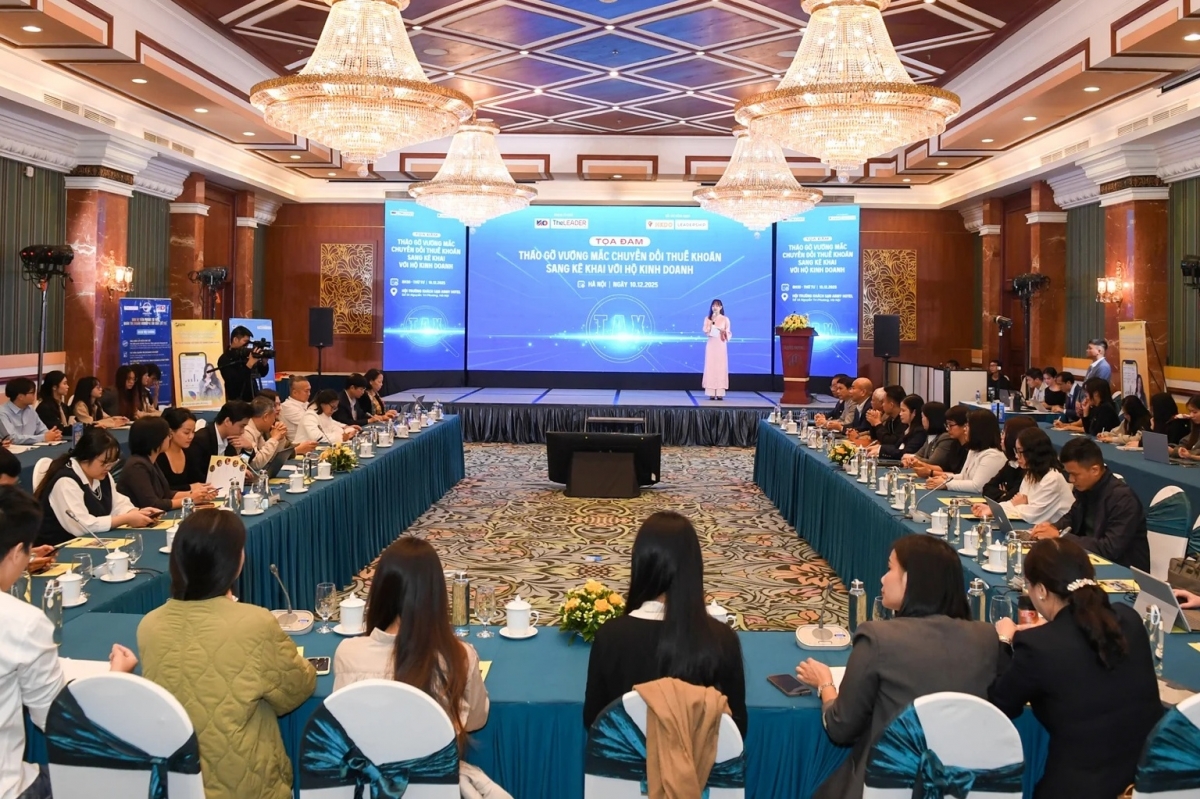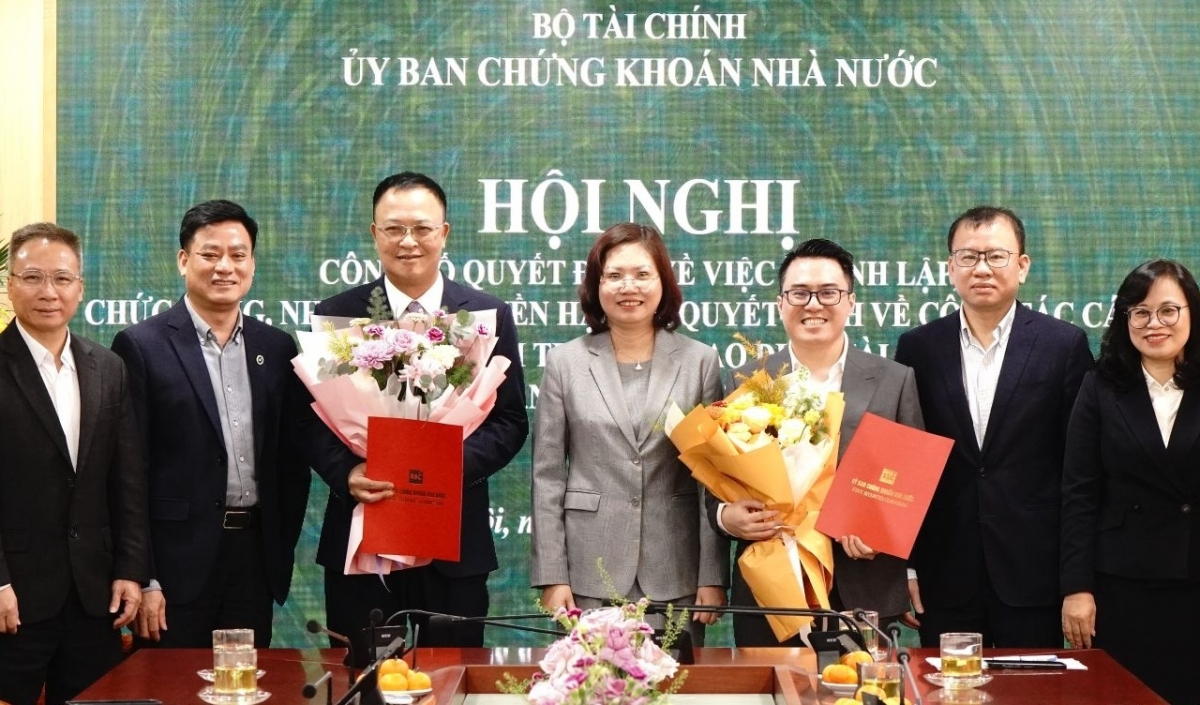INTERNATIONAL INVESTMENT
AND PORTAL
Reusing treated wastewater to both water trees and cool down machinery in industrial areas is facing some legal barriers due to a lack of detailed guides.
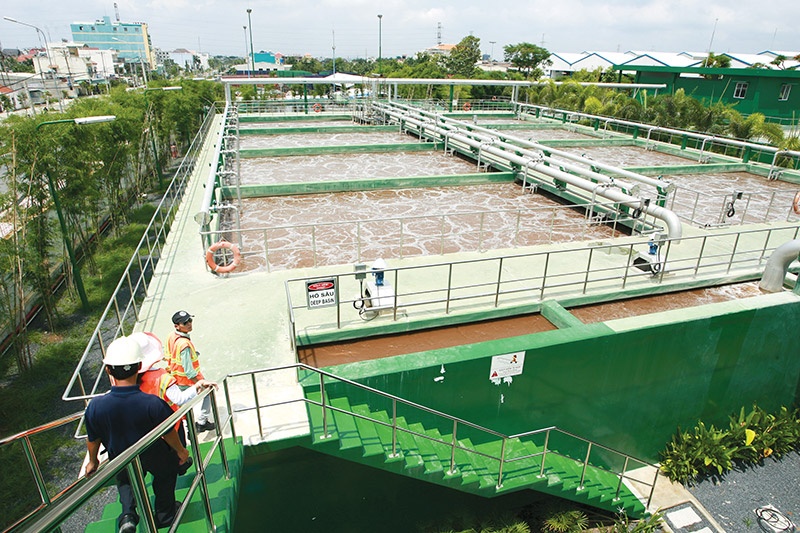 Industrial zone leaders bemoan murky wastewater regulations
Industrial zone leaders bemoan murky wastewater regulations
Khong Thi Thu Trang, a representative of the environmental division of Tin Nghia Industrial Zone (IZ) in southern Dong Nai province, said that the wastewater treatment process meets strict standards. Local authorities get testing samples of treated wastewater periodically to ensure safety, and entire treated wastewater is discharged into the environment.
However, IZs like Tin Nghia expect the government to soon add more detail to current legislation regarding reducing and reusing wastewater. The government issued Decree No.38/2015/ND-CP seven years ago on the management of waste and discarded materials. However, the decree only regulates general information that activities aimed at reducing and reusing wastewater should be encouraged.
Article 43, meanwhile, simply regulates that the Minister of Natural Resources and Environment has the responsibility to stipulate technical requirements and management processes for the reuse of wastewater.
“The decree has no detailed regulations relating to the standards of treated wastewater to be reused, especially for watering trees, said Trang. “It is regrettable that a number of IZs are unofficially reusing this standardised treated wastewater, while this water source is obviously suitable for reuse.”
“We expect that the Ministry of Agriculture and Rural Development and the Ministry of Natural Resources and Environment (MoNRE) will cooperate with each other to build a set of criteria relating to the usage of treated wastewater for the production process,” Trang added.
Elsewhere, a representative of a Japanese-invested IZ developer in Dong Nai told VIR that, in general, the treated wastewater is used to cool down machinery, ensure fire safety, and water trees. “At present, there is no barrier to using this water source to cool down the machinery system, but there is no standard of treated wastewater to water trees,” the representative explained.
This shortage in regulations causes wasteful water sources and does not encourage manufacturers to foster a circular economy. “The cost for treating wastewater is between 30-45 US cents per cubic metre, and then it will be discharged into the lakes and rivers. On the other hand, we have to buy clean water to provide water for trees,” the representative said.
He estimated that the facility wastes an average of $10,000 per month to buy clean water for this work, while treated wastewater meeting the correct standards is released into the environment. “Another unreasonable point is that normally, people still use water in lakes and rivers to water trees, but standard treated wastewater from IZs is restricted. As I know, some IZ operators have licences for reusing treated wastewater but they do not dare to take advantage of this resource due to lack of proper regulation,” the representative said.
Statistics from the MoNRE show that there are nearly 300 IZs in operation, nearly 90 per cent of which have concentrated treatment wastewater plants.
A few manufacturers such as Vedan, Ajinomoto, and Formosa are taking advantage of treated wastewater to cool down industrial machinery only. However, they reflect that the procedures to get the licence for reusing this type of water are complicated and the capital requirement is large.
Kyousei-no-niwa Garden at the northenr port city of Haiphong’s Nam Cau Kien Industrial Park, funded by Shinec JSC and Japan’s Kitakyushu City, is one of the very few zones reusing treated wastewater to water trees and cool down machines. The Japanese garden in the zone covers an area of 30,000 square metres, using water directly treated from a treatment plant in the park. Its production chains are circular from input to output through reuse, refurbishment, and recycling of solid waste and wastewater.
By Nguyen Kim


